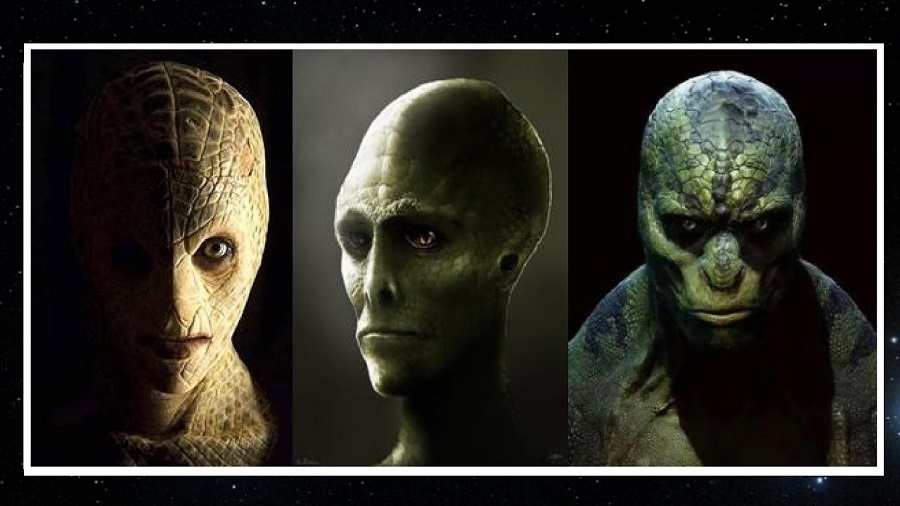The concept of an underground civilization is not new. In fact, stories and legends about a lost civilization beneath the earth have been present in indigenous cultures around the world for centuries. These tales have strong similarities, suggesting that there may be some truth to them. This article will investigate the stories and legends of a lost civilization under the earth and try to piece together the possible history of this civilization.
The Seven Anti-Deluvian Sages
One recurring theme in the stories of a lost civilization is the seven anti-deluvian sages. In Sumerian tradition and in the surviving texts passed down to us, there is a strong reference to these seven sages. Similarly, in India, there are seven rishis who are believed to have brought civilization to the people. Even on Easter Island, there is an ancient tradition that the civilization there was first brought by seven initiated men.
What can we make of this recurring theme? Some scholars believe that this is evidence of an outreach program by a lost civilization, reaching out to the hunter-gatherers in what we would call the upper Paleolithic and beginning to teach selected skills. These seven wise men are believed to have taught the gifts of civilization, and this theme is found throughout the world.
The Possibility of Reptilian Beings
Throughout history, there have been interactions with supposedly reptilian humanoids, even going back to the mythic cycles of Europe. The stories about these beings and their interactions with people often suggest that they live under the earth. In the Mayan underworld, for instance, it is believed that even though some of these reptilian beings were killed, the Mayan royalty traces their lineage to some of the same beings. This theme is found around the world, whether in China, Japan, or other places, where an elite group believes that they are descended from these mostly unseen beings who live under the earth.
In Central Asia, legends speak of subterranean civilizations, such as Agarta or Agarti, and Patala. Patala is often associated with the Naga, who are reptilian humanoids as described in the Mahabharata. According to the legend, the Naga are a subterranean half-human, half-serpent race, and they are considered to be important players in many of the events in the epic. They dwell in the city Patala, which has seven realms located one above the other.
Agarta, on the other hand, is inhabited by enlightened human beings, with a ruler called the King of the World. He has a capital called Shambhala, which is located in Agarta. The King of the World supposedly influences events on the surface world, either interfering with our civilization to slow it down or giving us little things to help advance it when it suits their purposes.
The Underworld
Graham Seer believes that the underworld is a world that reaches out to us when we least expect it. The entrances to the inner earth describe portals into the underworld, which is actually a plane between spirit and nature. It is the area of reality where spirit becomes nature and nature turns back into spirit. Therefore, it is an intermediary, paradoxical, apparitional realm that is closer to spirit than nature is because it is where nature comes out of it.
The underworld can be seen as the Christian purgatory, the Celtic other world, the Egyptian Duat, or the Kabbalistic Yetzera. These are all different names that refer to this intermediary plane.
Conclusion
In conclusion, the stories and legends of a lost civilization under the earth are indeed captivating, and they have sparked our curiosity for centuries. However, it is important to approach these tales with a critical eye and a healthy dose of skepticism. While there may be some elements of truth to these stories, there is currently no concrete evidence to support the existence of a subterranean civilization. It is essential to continue exploring and investigating these theories while keeping an open mind and maintaining a rigorous scientific approach.

